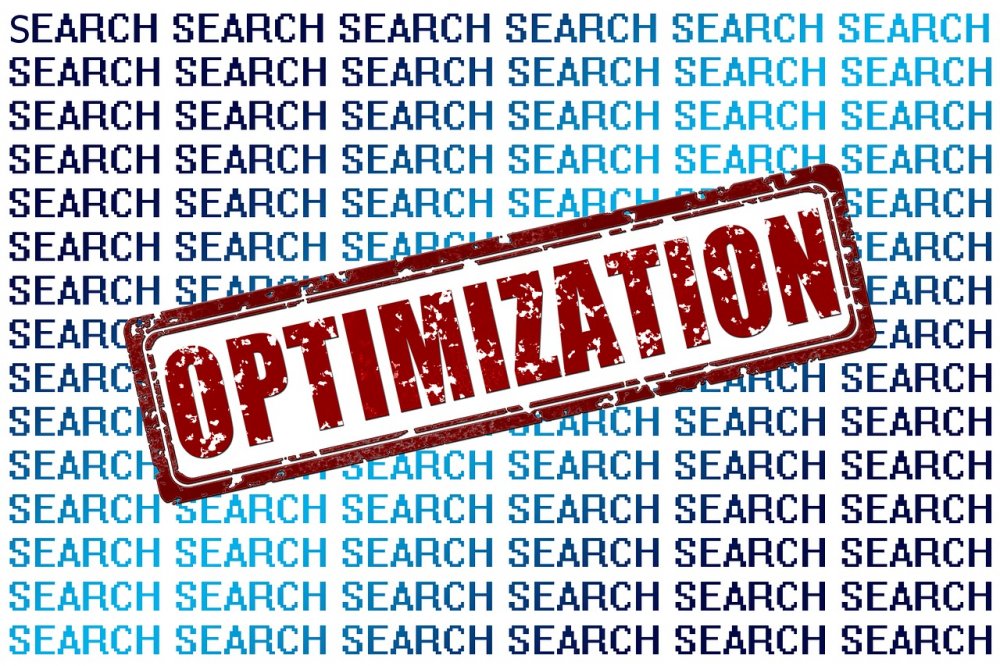What type of information do product information management (PIM) systems store?


When consumers visit your eCommerce store to shop for products, they cannot handle them, feel them, or estimate their weight. What they can do is read as much information about the products as they need. That is where product information management (PIM) systems come in.
Using PIM software, you can make virtually all the information about the item available at the click of a button. This information is pulled from different departments and harmonized to present a unified picture.
What type of information do PIM systems store?
Commonly stored product information on PIM software include;
* Description
The PIM software provides a full description of all products. This includes the benefits, features, and uses of any given product.
* Technical details
Technical details stored on a PIM software include the product’s name, size, and functions. A technical description can be all text or a combination of text, images, and even videos.

* Taxation
With so many taxing rules in place, it can be easy to fall foul of the law. A PIM solution stores and manages all of the tax information related to any given product. It helps you avoid the risk of non-compliance.
* Configuration
Product configuration information is also often stored on PIM systems. Configuration information has to do with the characteristics of the product, like its colors and shapes.
* Media files
Along with the usual valuable product information, PIM software can also store media files like documents, images, and videos on a product.
Conclusion
While PIM software can store just about everything about a product, you can pick and choose what you want based on your business requirements. Also, different PIM systems come with added benefits that make managing your eCommerce store much easier.
For example, in addition to storing a huge pile of data in a single location, the Encode PIM system eliminates delays in product launches and ensures seamless communication between your departments. It also makes product catalogue organization easy, as well as convert more prospects with superior product listings.




